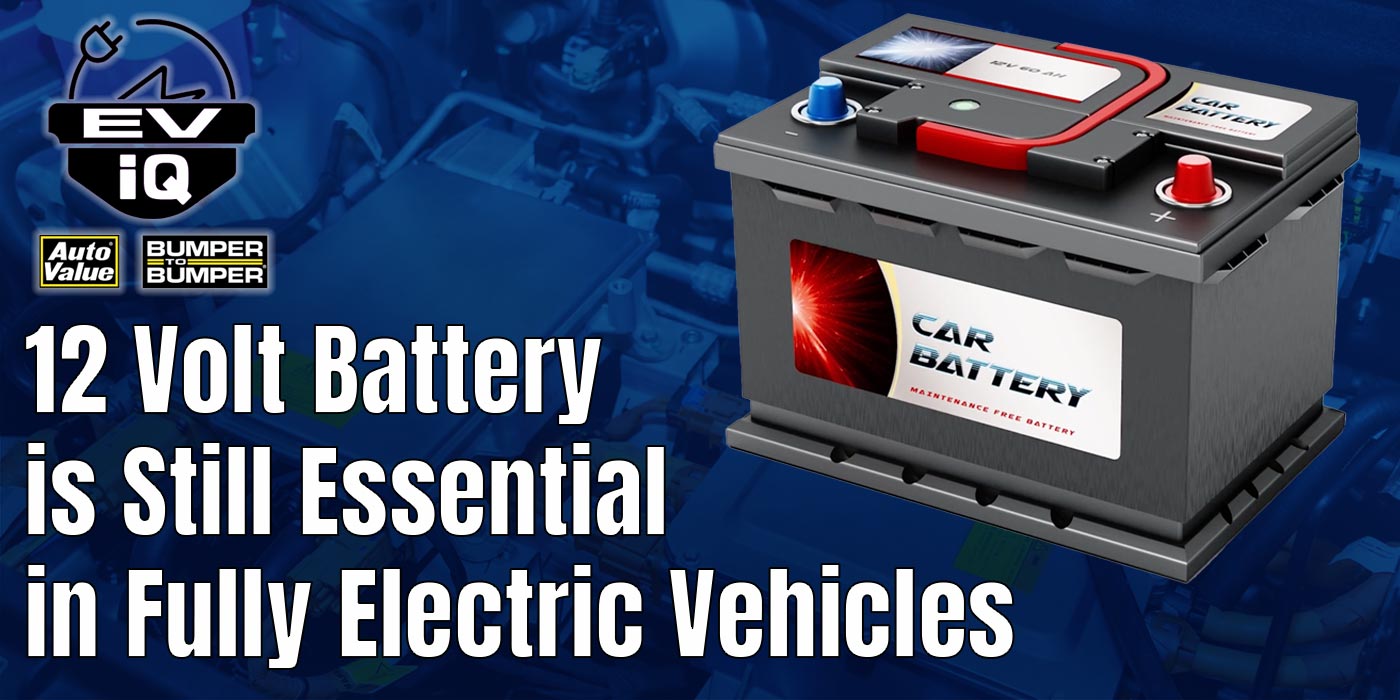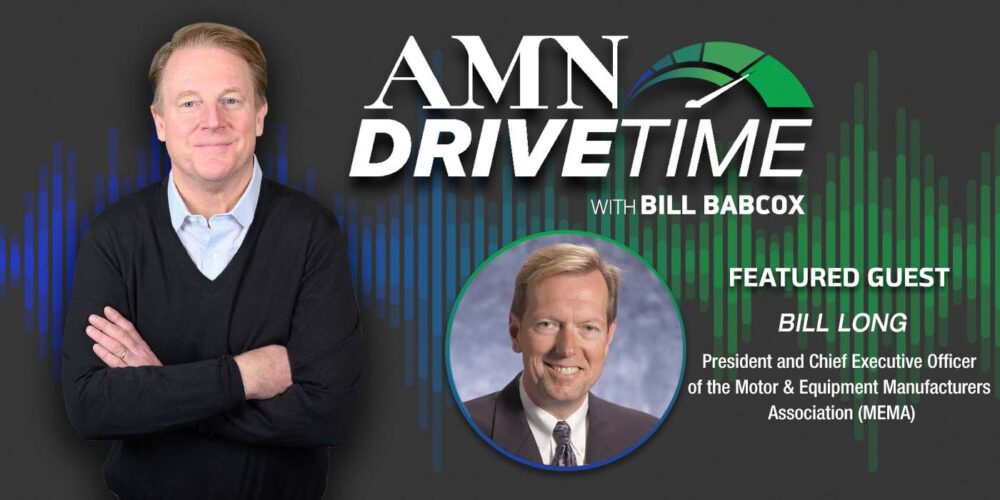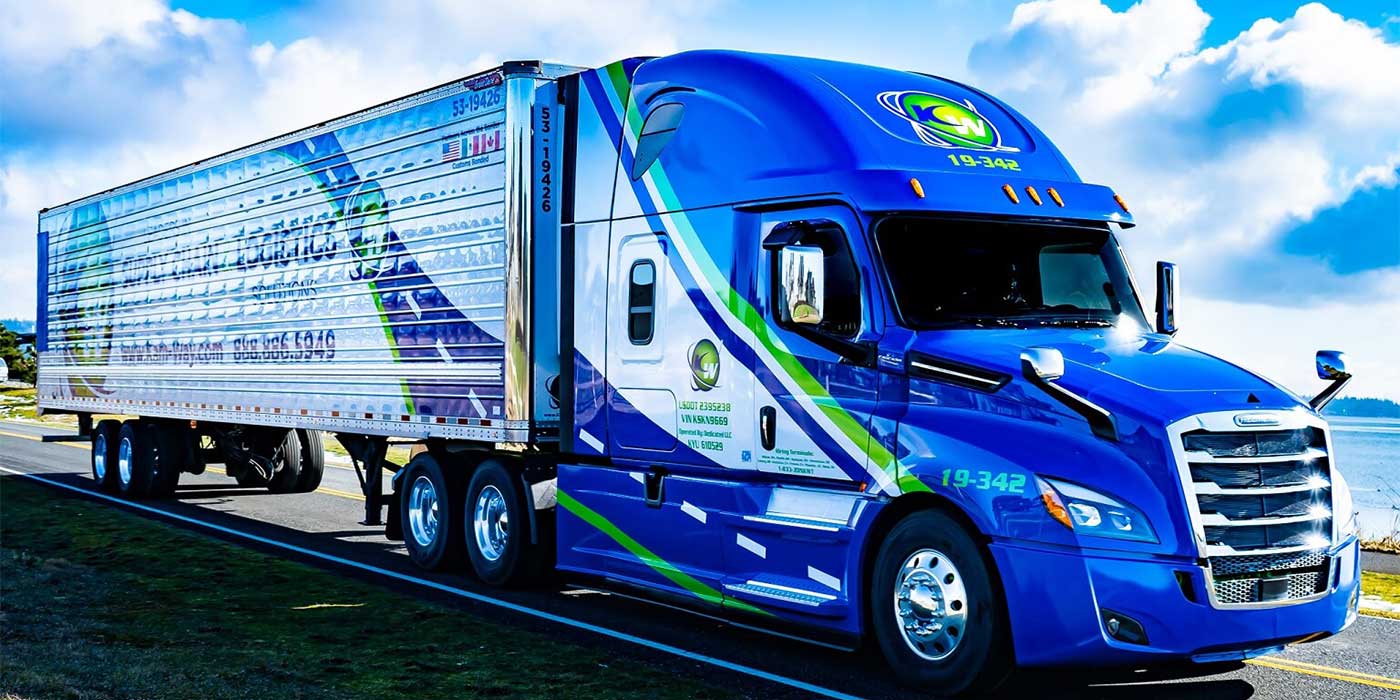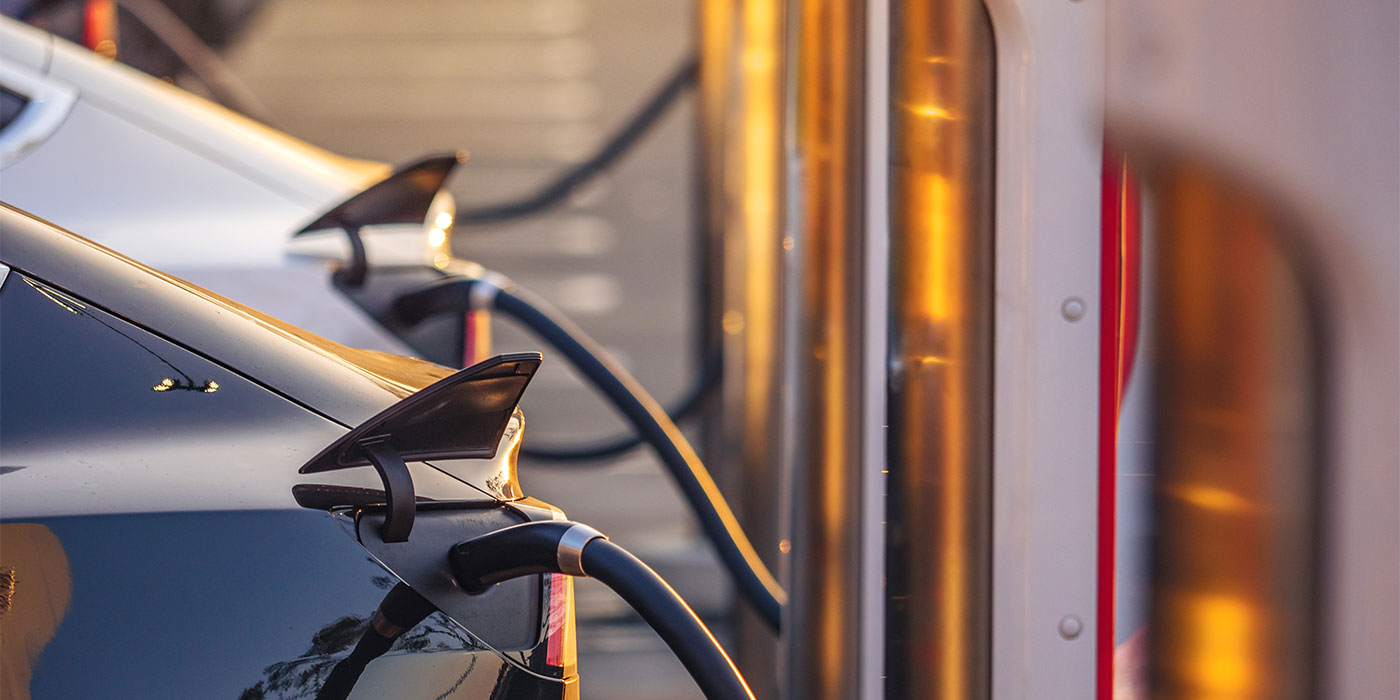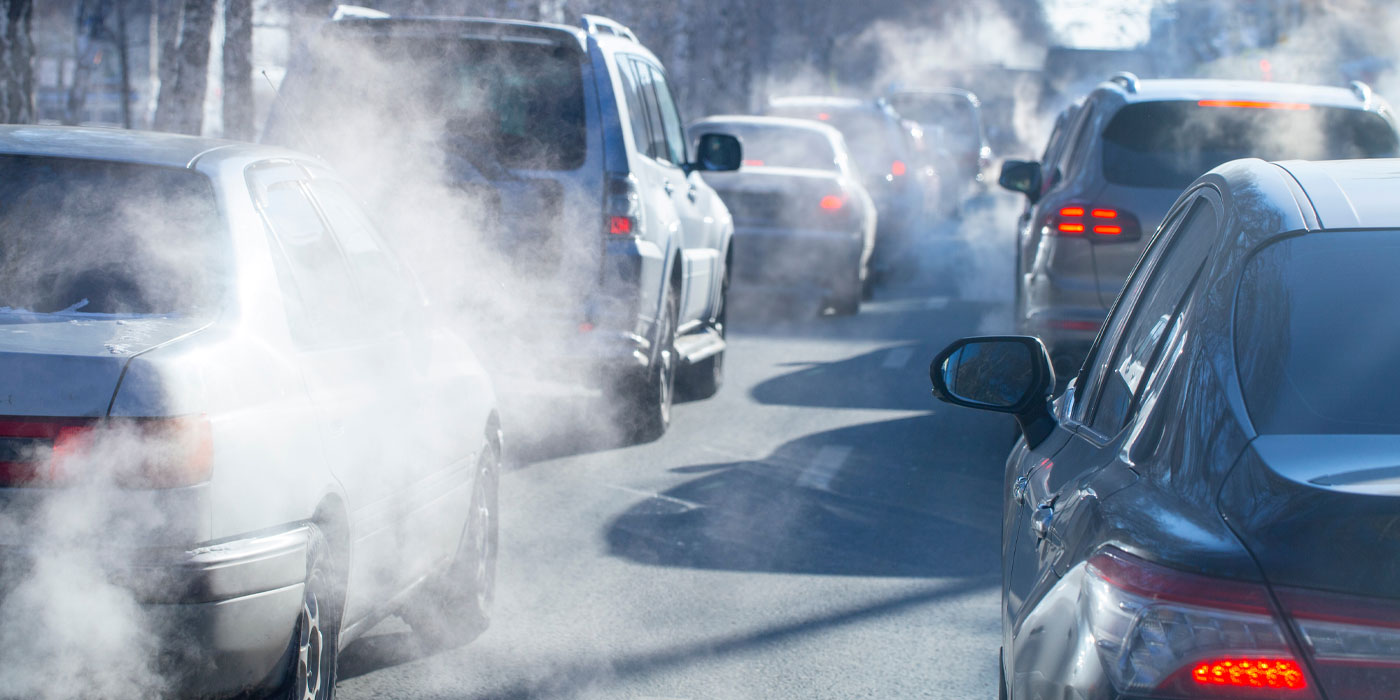The California Air Resources Board, or “CARB,” has officially approved the Advanced Clean Cars II rule that establishes a year-by-year roadmap to make it so that by 2035, 100% of new cars and light trucks sold in California will be zero-emission vehicles, including plug-in hybrid electric vehicles.
This is a big move, one that’s been called everything from bold to brash to audacious to insulting. After all, this past summer’s crazy-hot heat revealed vulnerabilities in California’s power grid, which, to put it nicely, is overwhelmed as-is. But whether you think the rule makes much sense doesn’t matter – what does matter is what it means for us today and tomorrow.
So, let’s break this rule apart and discuss three takeaways for EVs, both in California and beyond.
Number one: This rule is nothing new.
Consider this: Major automakers like Ford, Toyota, Volvo, Honda, BMW, General Motors and Volkswagen already say they are all working to phase out the sales of internal combustion engine vehicles on a similar timetable, typically within the next one or two decades. In fact, in 2019, Ford, Honda, VW and BMW struck a voluntary agreement with California on reducing vehicle emissions, and Volvo came into that deal in 2020.
The U.S. federal government has also announced it will phase out gas-powered vehicle purchases by 2035 – and taking it a step further, light-duty vehicles acquired by the government will need to be emissions-free by 2027. The government buys about 50,000 vehicles every year, mind you.
California’s rule is simply getting in line, while also achieving Governor Newsom’s 2035 target for achieving carbon neutrality by 2045, or sooner. The thought is that the Golden State is simply reading the tea leaves.
Plus, keep in mind, too, that California might be leading the state pack with this kind of rule, but there are 17 other states that currently follow California’s low-emission vehicle rules that are likely to adopt these or similar forms of these regulations through their own rulemakings. And, these states combined constitute about 40% of the nation’s new car sales.
Number two: EVs are expensive, but should be obtainable for Californians.
California’s legislature has approved 2.7 billion dollars in fiscal year 22 to 23, and 3.9 billion dollars over three years, for investment in zero-emission vehicle adoption, as well as clean mobility options for some of California’s most environmentally and economically burdened communities.
These programs pay special heed to low-income consumers. One of these is Clean Cars 4 All, which provides up to 9,500 dollars to low-income drivers who scrap their older vehicles and want to purchase something that runs a bit cleaner. The Clean Vehicle Rebate Project provides up to $7,000 for income-qualified drivers to buy or lease a zero-emission vehicle. And The Clean Vehicle Assistance Program provides low-income car buyers with special financing and up to $5,000 in down-payment assistance.
In addition to all this, California is issuing 300 million dollars for more charging infrastructure, especially for those consumers who may not have a garage where they can charge their EV.
Number three: The environmental impact of this rule is to be determined.
As technology stands today, EVs are good in some ways and bad in others, environmentally speaking. EV batteries at the end of their life are hard to dispose of, oftentimes just sitting in warehouses with the hope that the right technology will one day come along to truly dispose of them properly, profitably, with little environmental impact.
There’s also the mining issue to discuss, as rare metals – many of which, like cobalt, aren’t mined much in the U.S. – are necessary to keep these cars moving. Some companies are even turning to mining minerals from the ocean floor to keep up, and who knows what the environmental impact of such a task will end up being. Probably not good, if I had to guess.
However, there is obviously good to be had here, too, especially in controlling pollutants in the actual state of California. CARB says transportation is the single largest source of global warming emissions and air pollution in the state, adding that by 2037, the regulation will deliver a 25% reduction in smog-causing pollution from light-duty vehicles.
By 2030, CARB expects there will be 2.9 million fewer new gas-powered vehicles sold, rising to 9.5 million fewer conventional vehicles by 2035. In 2040, greenhouse gas emissions from cars, pickups and SUVs will be cut in half, and from 2026 through 2040 the regulation will cut climate-warming pollution from those vehicles to a cumulative total of 395 million metric tons. That’s equivalent to avoiding the greenhouse gases produced from the combustion of 915 million barrels of petroleum, CARB says.
We’ll see where the new rule leads us, though I think we can all agree that it’s a complicated issue that will affect the U.S. population far beyond California’s borders, so what’s your take on the new rule? Let us know.

